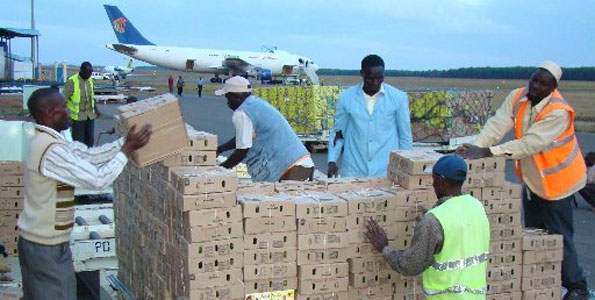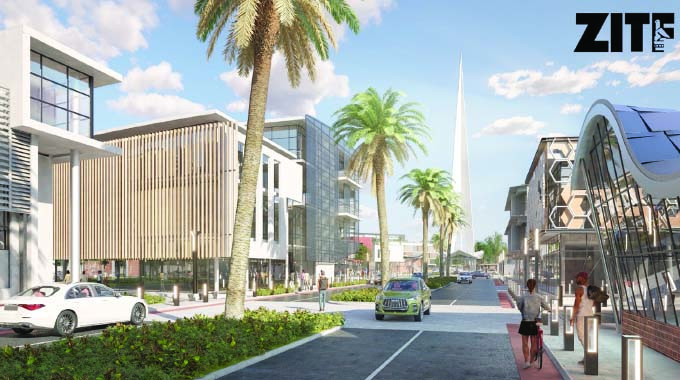‘ZITF master plan should become reality’
THE implementation of the proposed Zimbabwe International Conference and Exhibition Eco-Park (ZICEEP), a visionary project spearheaded by ZITF Company, set to transform the Zimbabwe International Exhibition Centre into a dynamic 17-acre mixed-use complex should start in earnest, Industry and Commerce Minister, Mangaliso Ndlovu has said.
The estimated US$300 million visionary plan aims to expand and modernise the facility in alignment with international trade expo standards.
The official launch took place on Wednesday last week in Bulawayo, on the sidelines of the annual trade exhibition.
The project is a long-term plan that will further develop the trade fair grounds by introducing modern world-class amenities to the City of Bulawayo, making it the leading exhibition venue in the country.
In a closing ZITF briefing with the media on Sunday in Bulawayo, Minister Ndlovu emphasised that the ultimate gauge of success rests in transforming the captivating images and intricate designs into concrete, real-world accomplishments
“We know that we have launched the ZITF Master plan and in my message to the ZITF Company, I said yes, the pictures and designs are looking good and amazing, but work starts now. The people of this country will measure us on how we put what’s on paper on the ground,” said Minister Ndlovu.
According to ZITF Company, the new and envisaged precinct will feature a new international convention centre to accommodate up to 5 000 delegates, a new 500-room hotel linked to the convention centre, a five-star Boutique Hotel with facilities to host travelling heads of state and very important persons.
In addition to the new anchor developments, the ZICES will also retain over 25 existing structures of historical significance, which will be modernised to provide a new contemporary look aligned with the overall vision.
Regarding the industrialisation of Bulawayo, Minister Ndlovu highlighted that the city boasts strategically positioned critical industries. However, he emphasised the importance of gaining a national perspective on the current state of the industry to formulate a comprehensive outlook for the city. Understanding the broader context will undoubtedly aid in making informed decisions and driving sustainable growth, he added.
USD: Image taken from Shutterstock
The city lost several companies which either closed or relocated to Harare due to water supply challenges, leaving thousands of people jobless.
When the Second Republic came in, it came up with several ease-of-doing-business policies, which have seen several companies being revived while others have increased production.
The Government has also been assisting companies to retool hence several companies are back in production and creating employment.
“I still believe that some sectors are still strategically located in Bulawayo. For instance, the foundry business, due to its proximity to several big mines and the need to support with inputs. We need to see how we can modernise their operations and come up with more efficient technologies so that they can compete on quality and price regionally.”
He noted that the country’s industrial sector needs to reach a stage where it is not inward-looking but has an industry that explores Africa and beyond.
Minister Ndlovu told the media that the new National Industrial Development Policy (ZNIP) is at its final consultation and validation stage by consultants.
He added that he highlighted to the ministry staff that it is critical to know what was achieved by the recently expired industrial policy.
“I am interested to see how we are crafting a policy environment that will create industries of the future and how we are reconfiguring ourselves to ensure that Zimbabwe will be renowned for its manufacturing innovation in the years to come.
ZNIP will focus on the resuscitation of ailing industries through Government support programmes including incentives and policies aimed at enhancing competitiveness.
ZNIP is the principal policy that is aimed at driving the country’s industrialisation thrust.
It replaces the ZNIDP (2019-2023), the policy, which expired in December last year and it outlines initiatives to restore the manufacturing sector and set it on a growth path, enabling it to play a catalytic and transformative role in the economy.-chronicle









